| Size | |
|---|---|
| Common Name | |
| Type | |
| Family | |
| Native? | US Native Plants |
| Zone | 4, 5, 6, 7, 8, 9 |
| Height Range (ft.) | 3.00 to 5.00 |
| Spread (ft.) | 1.00 to 2.00 |
| Bloom Time | |
| Bloom Description | Yellow |
| Sun | |
| Water | |
| Maintenance | |
| Suggested Use | |
| Tolerate | |
| Attracts | |
| Flower | |
| Growth Rate |
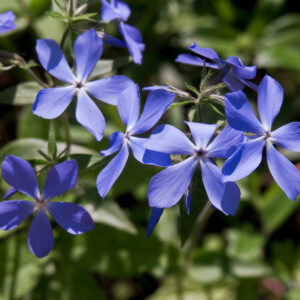
Oenothera biennis – Evening Primrose is a native biennial with fragrant yellow flowers that open in the evening, attracting pollinators. Thriving in sunny, well-drained locations, it’s perfect for wildflower meadows, pollinator gardens, and naturalized landscapes, offering beauty and ecological benefits.
$12.99 – $149.99
Please note: Sizes 1.5 Gallon and up can’t be shipped outside the counties of Nassau, Suffolk, Brooklyn, and Queens.
Learn more about how the process works and how our plants are delivered.
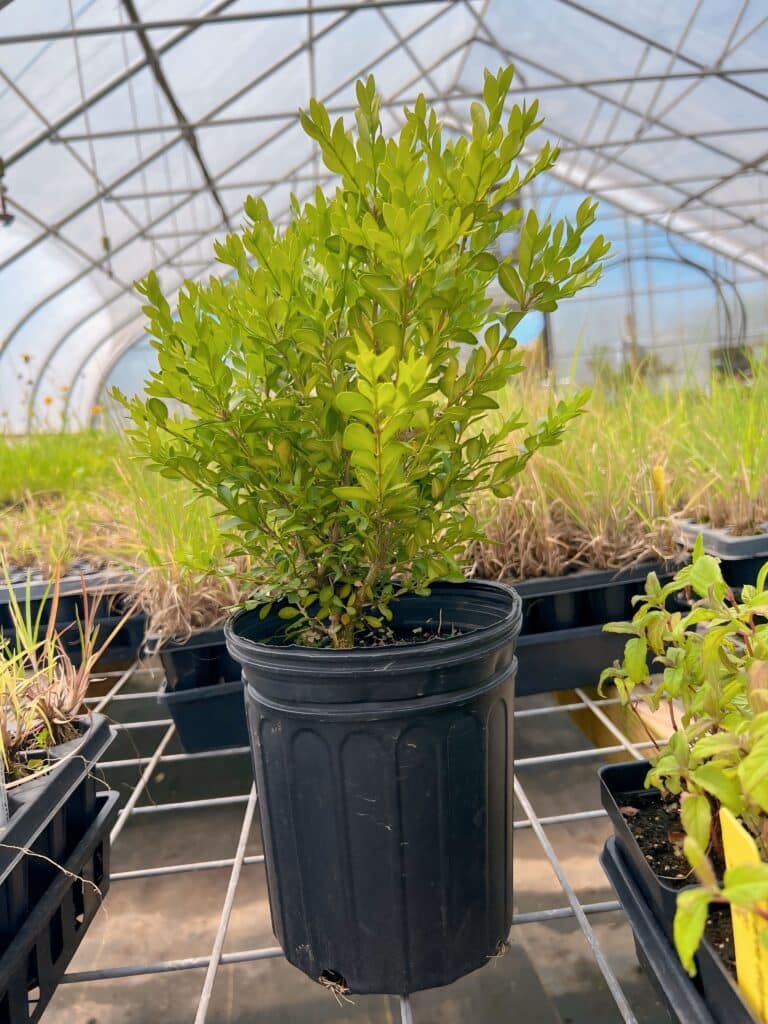


| Size | |
|---|---|
| Common Name | |
| Type | |
| Family | |
| Native? | US Native Plants |
| Zone | 4, 5, 6, 7, 8, 9 |
| Height Range (ft.) | 3.00 to 5.00 |
| Spread (ft.) | 1.00 to 2.00 |
| Bloom Time | |
| Bloom Description | Yellow |
| Sun | |
| Water | |
| Maintenance | |
| Suggested Use | |
| Tolerate | |
| Attracts | |
| Flower | |
| Growth Rate |
Bring a touch of elegance and ecological value to your garden with Oenothera biennis, commonly known as Evening Primrose. This native biennial is known for its tall, upright growth habit and vibrant yellow flowers that bloom from summer to fall. The blooms open in the evening, releasing a subtle fragrance that attracts night-flying pollinators like moths. Evening Primrose thrives in a variety of conditions, making it an excellent choice for wildflower meadows, pollinator gardens, and naturalized landscapes.
Evening Primrose is perfect for adding color and vertical interest to wildflower meadows, pollinator gardens, or borders. Pair it with other native plants like Coneflowers or Black-eyed Susans for a vibrant, biodiverse display. Its ability to self-seed makes it a great option for naturalized or low-maintenance gardens.
Oenothera biennis plays a vital role in supporting pollinators, particularly moths and bees, with its evening blooms. Its seeds provide food for birds, while its deep roots improve soil health and stability.
Enhance your garden with the beauty and ecological value of Oenothera biennis – Evening Primrose. This versatile and resilient plant is a must-have for gardeners seeking low-maintenance plants that support biodiversity.
/5
Total reviews
|
|
Persons recommended this product
Anonymous
Shopper
check_circle Verified
Shop owner replied
Was this helpful
Anonymous
Shopper
check_circle Verified
Shop owner replied
Was this helpful
Your feedback helps us improve our service.
There are no reviews yet.
Be the first to review “ ”
Please log in to submit a review.
Only logged in customers who have purchased this product may leave a review
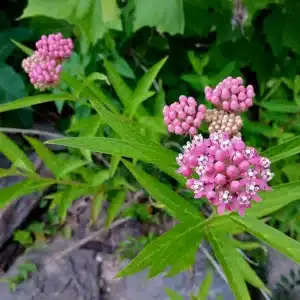
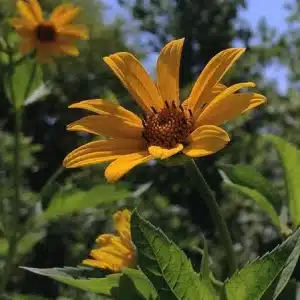
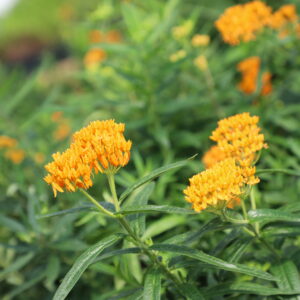
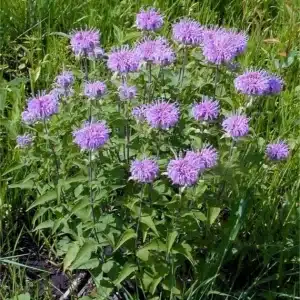
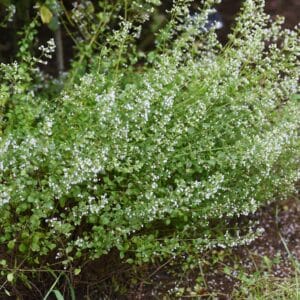
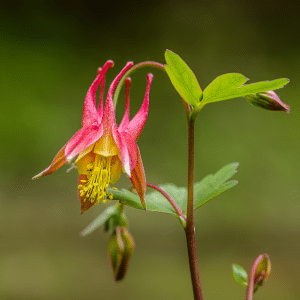
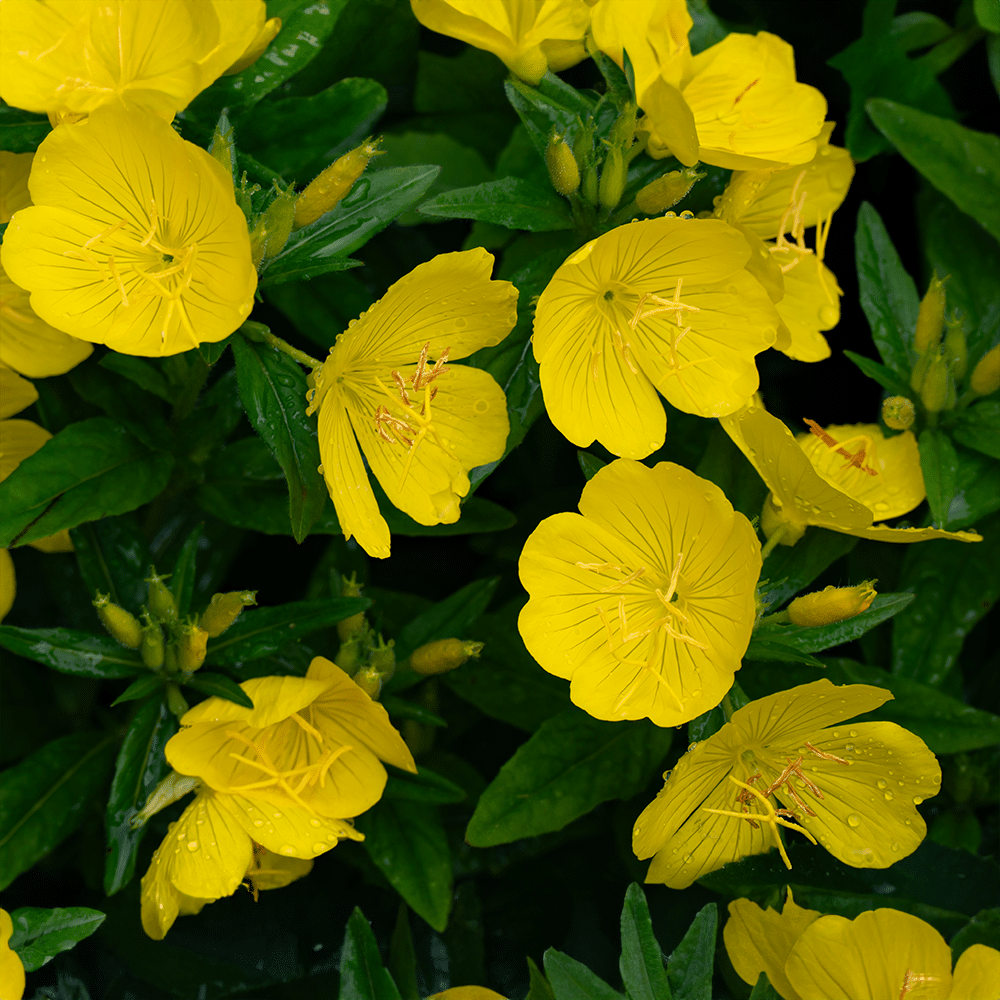
Evening Primrose thrives in full sun and prefers dry to medium, well-drained soils. It is tolerant of drought and poor soil conditions, making it suitable for naturalizing in various landscapes
This biennial plant typically grows 3 to 5 feet tall and spreads 1 to 2 feet wide, forming a rosette of leaves in the first year and flowering stems in the second year
It blooms from June to September, producing fragrant, yellow, four-petaled flowers that open in the evening and close by noon the following day. The blooms are attractive to nocturnal pollinators such as moths.
Yes, Evening Primrose is highly attractive to bees, butterflies, and moths, providing a valuable nectar source, especially for nocturnal pollinators due to its evening-blooming habit.
Historically, various parts of the plant have been used for food and traditional medicine. The roots can be eaten raw or cooked, and the leaves used in salads or as cooked greens. However, caution is advised as some parts may cause adverse effects.
Our gift cards make it easy to share the beauty of plants, flowers, and all things green. Whether for a special occasion or just because, give the gift of choice and let them select their favorites to create a garden they’ll cherish.
BUYING HIGH QUALITY PLANTS HAS NEVER BEEN EASIER
Our plants are easy to order, plant, and enjoy! Bringing pollinators to your property improves vegetable yields – Feed the bees!
Sign up for our email list!
Copyright © 2025 Bumbee’s | Web design and SEO by Searles Graphics